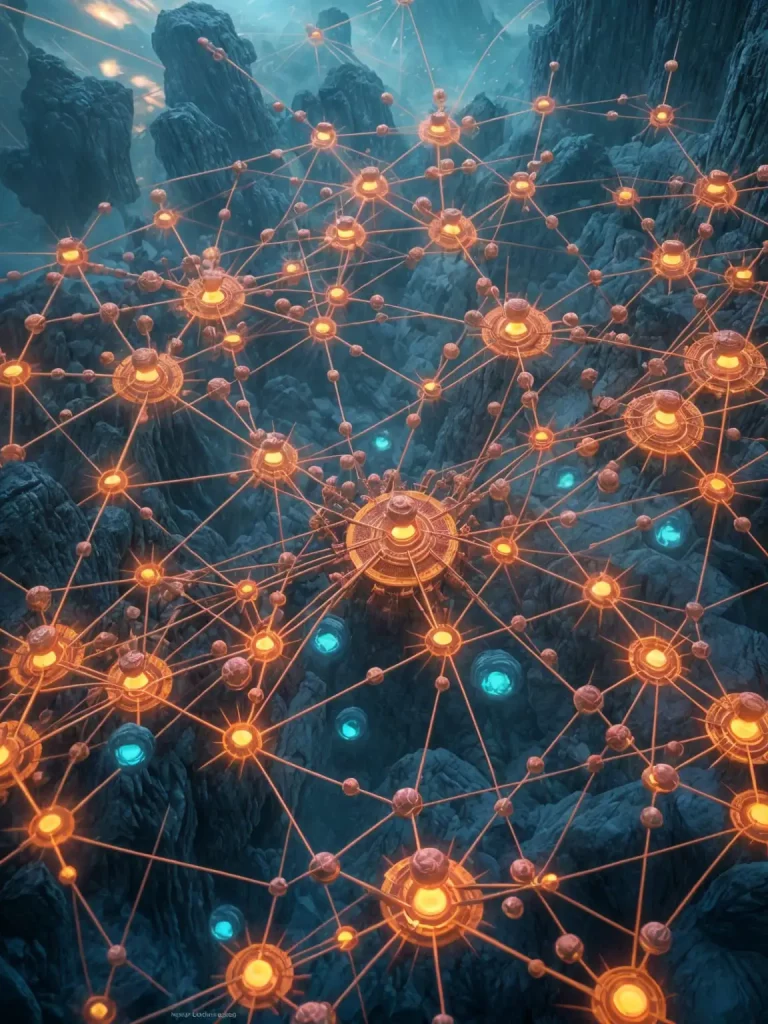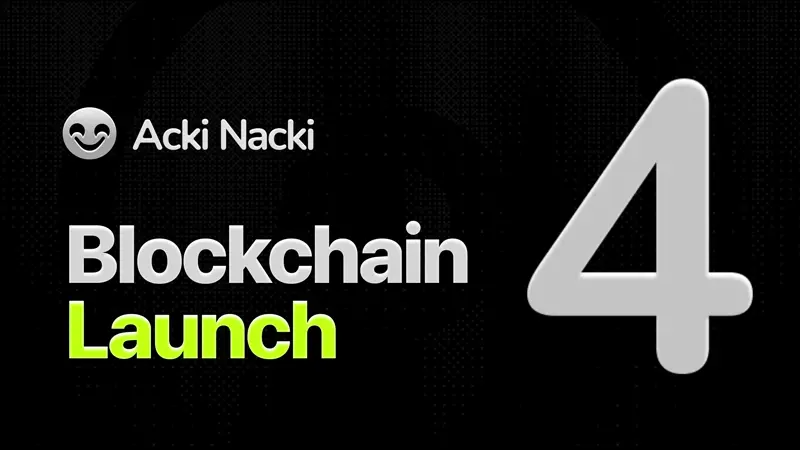Why Acki Nacki isn’t just another staking chain
Let’s be honest:
Most people hear “Proof-of-Stake” and immediately zone out. They think:
“Ah, so it’s like Ethereum but with more steps?”
No.
Acki Nacki’s consensus is probabilistic, parallelized, and weirdly elegant. It’s the chain equivalent of Sudoku played on LSD, confusing at first, but once it clicks, you realize:
Damn. This actually makes sense.
Quick reminder: What even Is “Consensus”?
Consensus = how a decentralized system agrees on truth.
In Bitcoin, it’s “Whoever burns the most electricity wins.”
In regular PoS chains, it’s “Whoever stakes the most coins gets to decide.”
Acki Nacki?
It’s more like,
“Let’s randomly select a bunch of people, make them do work in parallel, cross-check each other — and only then finalize the truth.”
Dapp AI interrupts:
This reduces the risk of collusion, bottlenecks, and centralization. It’s like having multiple referees on the field — chosen by lottery — who can challenge each other and replay the tape before whistling a goal.
Probabilistic = random + fair
Here’s the heart of it.
Acki Nacki doesn’t trust one staker to rule them all.
Instead, it picks random validators to propose and verify blocks. Not everyone gets to act every round, it’s statistical rotation.
Think of it like this:
-
Every second, a lottery picks participants for different roles.
-
The more “skin” (stake, behavior score, uptime, etc.) you have in the game, the better your chances.
-
But no one’s guaranteed the spotlight.
Dapp AI fact-checks:
This mechanism follows a probabilistic selection using weighted randomness — inspired by concepts from threshold cryptography and peer sampling. No central coordinator. No round-robin dictatorship.
Parallel finality = multiple brains solving together
Most chains validate one block at a time.
Acki Nacki says:
“Why not validate multiple blocks in parallel — across different partitions — and stitch it all together later?”
This speeds things up. Massively.
-
🧠 Verifiers can work on different branches at the same time.
-
🔗 The network later merges them into a single agreed timeline.
-
🛡️ And if someone cheats? The probabilistic selection ensures someone will likely catch it.
Dapp AI whispers:
Acki Nacki implements “proofs of correctness” and “acknowledgement thresholds” in its merging process. Finality isn’t probabilistic. It’s fast and provable once enough verifiers sign off.
Why this is better (for humans and machines)
| 🍷 Old PoS Chains | 🚀 Acki Nacki P-PoS |
|---|---|
| One proposer per block | Multiple validators per round |
| Power concentrated in whales | Random fairness via weighted chance |
| Linear block finality | Parallel processing + fast finality |
| Often high hardware needs | Works even on mobile (Mobile Verifier role) |
Simple analogy: Jury duty + group project
Imagine a big classroom.
-
Every 10 seconds, a random group of students is called up.
-
One proposes a new rule (Block Producer)
-
A few others fact-check it (Verifiers)
-
Some keep records (Keepers)
-
Some pass out rewards (Managers)
-
The rest of us? We sit on our phones and judge them silently (Mobile Verifiers)
If most agree? ✅ Rule accepted.
If not? ❌ It’s rejected, and another group gets a turn.
Dapp AI nerds out:
This design prevents censorship, encourages decentralization, and supports fault tolerance — even under attack scenarios.
🎤 Final Words: No Kings, Just Dice and Duty
Acki Nacki doesn’t crown kings. It rolls dice, every second.
And the more you prove yourself (uptime, stake, accuracy), the more often you get picked. But everyone gets a shot. Even that quiet player at Block Level 4 with a Popit named “Dildo Daddy.”
This is how crypto was supposed to work, fair, fast, unpredictable.
Like Balkan politics, but with less corruption and better math.





